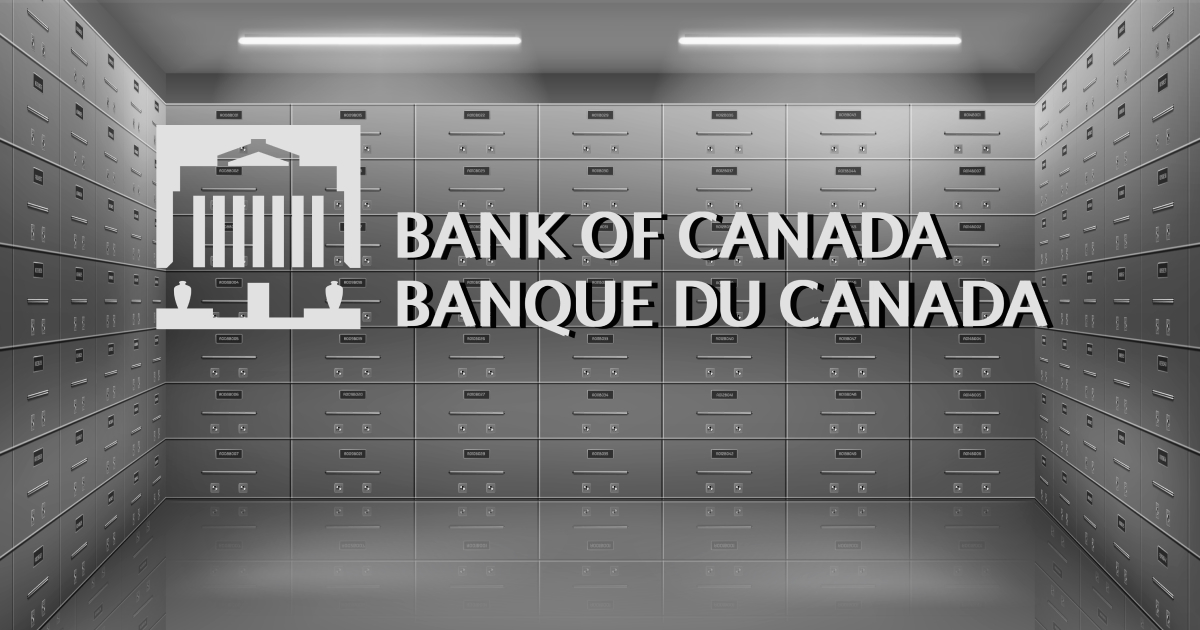Trending Stocks Ticker by Stock Target Advisor
Recession Bets Rise
Rate Hikes
The recent decision by the Bank of Canada to resume rate hikes after a five-month pause has sparked concerns among investors and raised bets on a hard landing for the Canadian economy. This move by the central bank suggests that some economic pain will be necessary to curb persistent inflationary pressures, leading to speculation about a potential recession.
Inflation
The Bank of Canada is growing increasingly worried that the Canadian economy is running too hot, making it difficult for inflation to return to its targeted 2% level. The central bank believes that if it delays taking action, inflation expectations could rise further, exacerbating the problem. While immigration continues to be a key driver of economic strength, other factors supporting growth, such as pandemic-era savings, government spending, and extended mortgage amortizations, are expected to diminish in the coming years. Additionally, a growing proportion of home loans will renew at higher interest rates, increasing the economy’s vulnerability to rising borrowing costs.
Increased Borrowing Rates Hitting Consumers
This scenario raises concerns that the economy could become more sensitive to increased borrowing costs just as consumers start to feel the effects of the Bank of Canada’s latest rate hikes. The central bank recently raised its benchmark rate to a 22-year high of 4.75%, and further tightening is anticipated in the near future, possibly in July or September. Such a combination of factors could potentially lead to a hard landing for the economy, potentially resulting in higher unemployment—a situation the Bank of Canada has been trying to avoid. It could also necessitate a reversal of rate hikes, possibly as early as next year.
Data Forecasting Recession
Karl Schamotta, chief market strategist at Corpay, warns that if central banks like the Bank of Canada continue to raise rates at the current pace, they risk pushing the economy into a recession and may eventually find themselves in an embarrassing situation where they have to backtrack on their decisions. Market sentiment supports this concern, as investors are increasingly convinced that this is the exact scenario that is unfolding.
Canada More at Risk
While other central banks worldwide have also adopted a more hawkish stance in recent weeks, the yield curve inversion—a typical recession predictor—is even more pronounced in the Canadian bond market compared to the United States. The Canadian 10-year rate has fallen further below the 2-year rate this month, reaching the deepest inversion recorded in Refinitiv data going back to 1994. This further reinforces worries about a potential economic downturn.
David Rosenberg, chief economist and strategist at Rosenberg Research, emphasizes that the focus should not be on the current state of the economy, but rather on what the headlines will read 12 months from now. He cautions against betting against interest rates and policy lags, suggesting that the consequences of current decisions may not become apparent until later.
Although recent data showed a slight easing in Canadian inflation to its slowest pace in two years, underlying price pressures remain strong. The Bank of Canada has also mentioned that GDP could exceed its 1% growth projection for the second quarter, following rapid growth earlier this year. As a result, analysts have pushed back their forecasts of an economic slowdown to later in 2023 or even 2024, but accompanied by higher-than-anticipated interest rates.
Royce Mendes, head of macro strategy at Desjardins, states that most economists would agree that the likelihood of severe downside risks materializing has increased. This sentiment reflects the growing concerns about the potential for a recessionary outcome in the Canadian economy.
BoC Managing Risks
As the Bank of Canada continues its efforts to rein in inflation and navigate the challenges of economic stability, the market remains watchful for any signs of a potential recession. The next few quarters will be crucial in determining the true impact of the bank’s actions and how the economy will fare in the face of rising interest rates and potential downside risks.


























